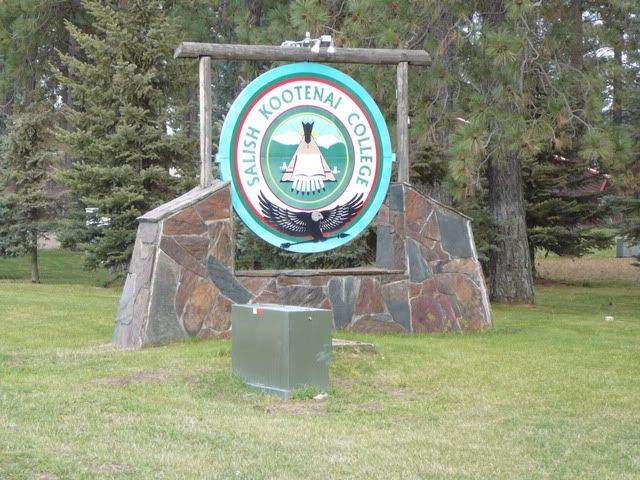
The Navajo Community College was established in Tsaile, Arizona in 1969. This college was an outgrowth of the idea of self-determination in which the tribes were to control their own destinies. In addition, it was evident that traditional colleges and universities were not meeting the needs of rural communities, and particularly Indian communities. Navajo Community College was intended to meet the needs of the Navajo people, and it became the role model for other tribal colleges. Tribal colleges became a way of training and educating tribal members at home as well as a way of retaining their tribal heritage.
The success of Navajo Community College led to the passage of the Tribally Controlled Community College Assistance Act in 1978. Unlike other community colleges, the tribal colleges do not have a property tax base which can be used as funding.
In 1977, the Confederated Salish and Kootenai Tribes of the Flathead Indian Reservation established what was to become Salish Kootenai College in Pablo, Montana. Initially, the college operated as a branch campus of Flathead Valley Community College. In 1981, the college formally broke its ties with FVCC and became Salish Kootenai College (SKC).
SKC is accredited by the Northwest Commission on Colleges and Universities. It currently offers the Bachelor of Arts Degree (B.A.) in three areas; the Bachelor of Science Degree (B.S.) in ten areas; the Associate of Arts Degree (A.A.) in five areas; the Associate of Science Degree (A.S.) in seven areas; the Associate Applied Science Degree (A.A.S.) in three areas; and a Certificate of Completion (C.C.) in five areas.
As a tribal college, SKC not only teaches courses in Native American Studies, but also offers the A.A. and C.C. in Native American Studies. SKC describes its Native American Studies department this way:
The Native American Studies Program is committed to studying the historic experience, the contributions, and the contemporary life of the Native Peoples of North America. The principles and values of the People of the Flathead Nation are as vital in modern life as they have been through the millennia. Students will discover an often unreported history while learning about a worldview that contrasts greatly with our modern technocratic, capitalistic society. The curriculum examines the history, language, art, and traditions of the Salish, Kootenai, and Pend d Orielle peoples. Course work also includes North American Indian history, federal policy, and the contemporary issues that shape the lives of Indians in today’s world.
SKC has adopted the following goals:
To assist with the preservation of the cultures, languages, histories, and natural environment of the Salish, Pend d`Oreille, and Kootenai people
To provide postsecondary education opportunities for Native Americans in the following areas: degree programs, vocational training, college transfer programs, community service, Native American culture and history, and adult education.
To provide a learning environment in which students develop skills in effective communication, critical thinking, cultural understanding, and citizenship.
To provide comprehensive student services.
To provide life-long, continuing education opportunities for both personal and professional development through a variety of instructional formats offered on and off campus.
To provide assistance to tribal entities and departments in staff preparation, planning, research and services according to identified needs.
To assist the Indian community with economic development needs of the Flathead Indian Nation.
To provide adequate institutional support and financial resources.
Shown below are some recent photographs of the SCK campus.
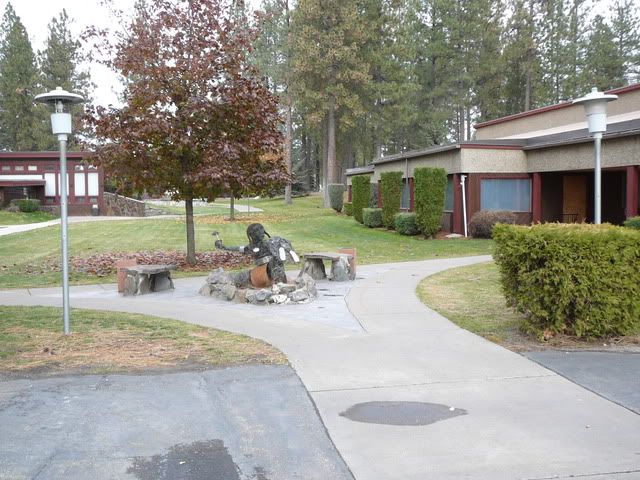
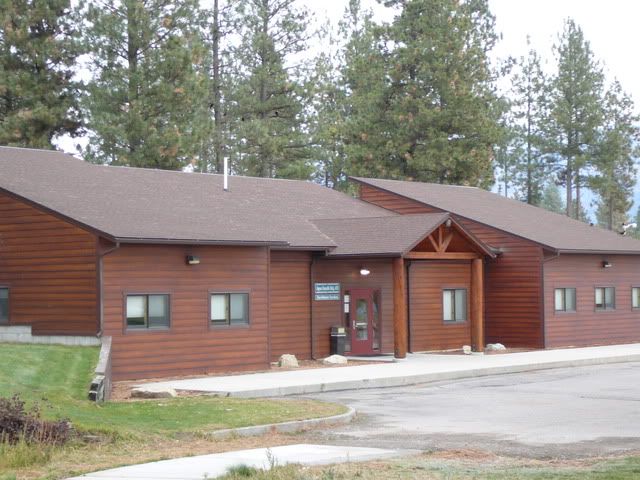
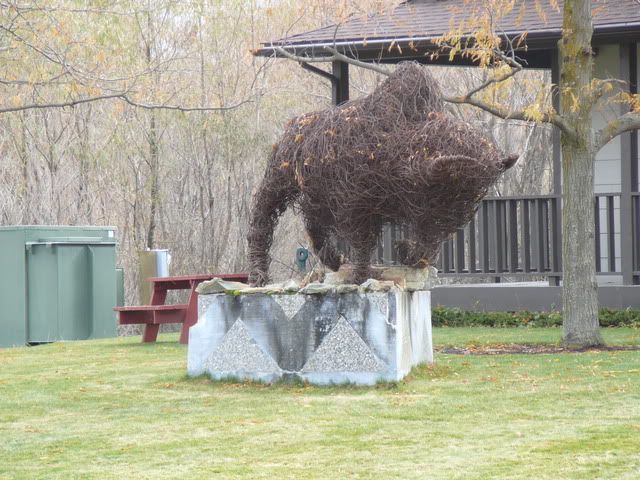
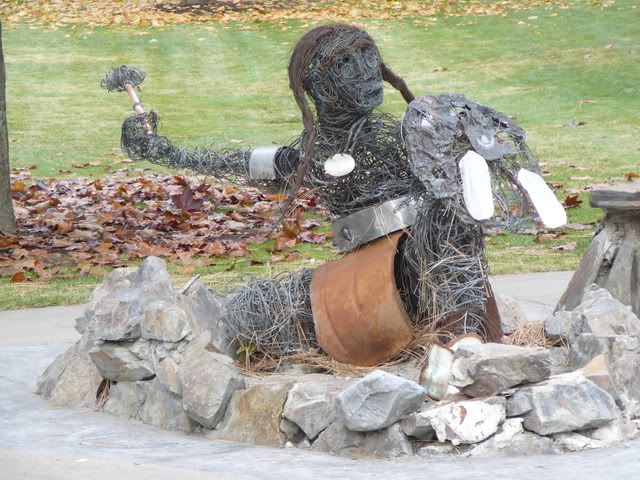
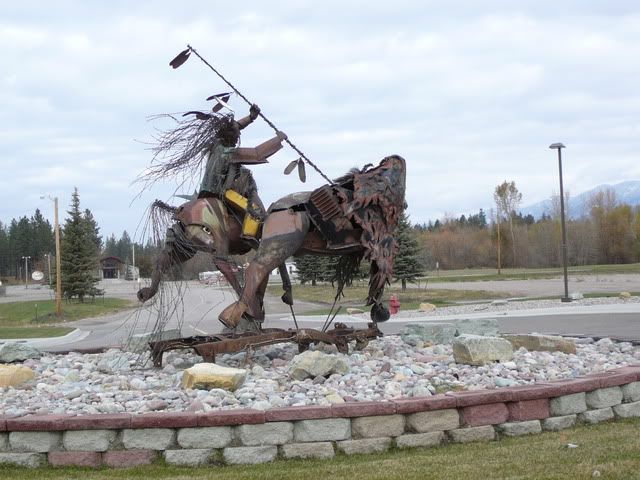

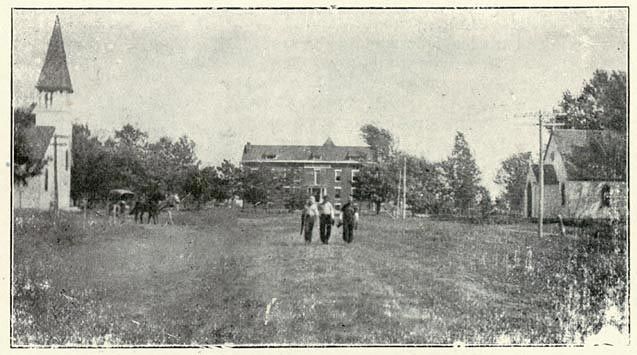
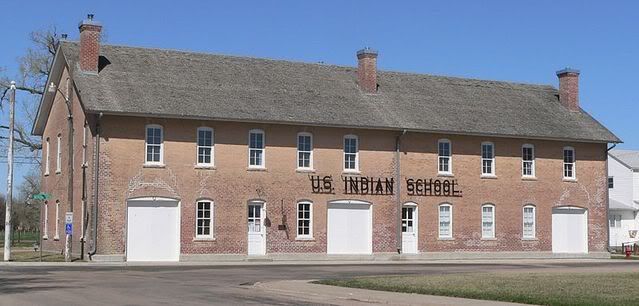
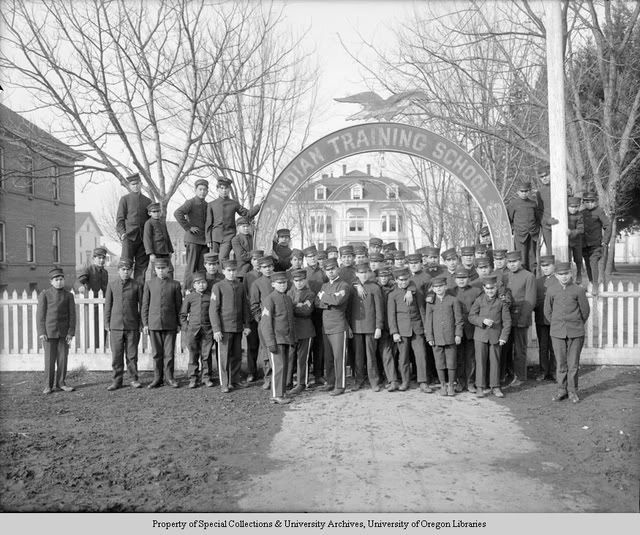
Leave a Reply